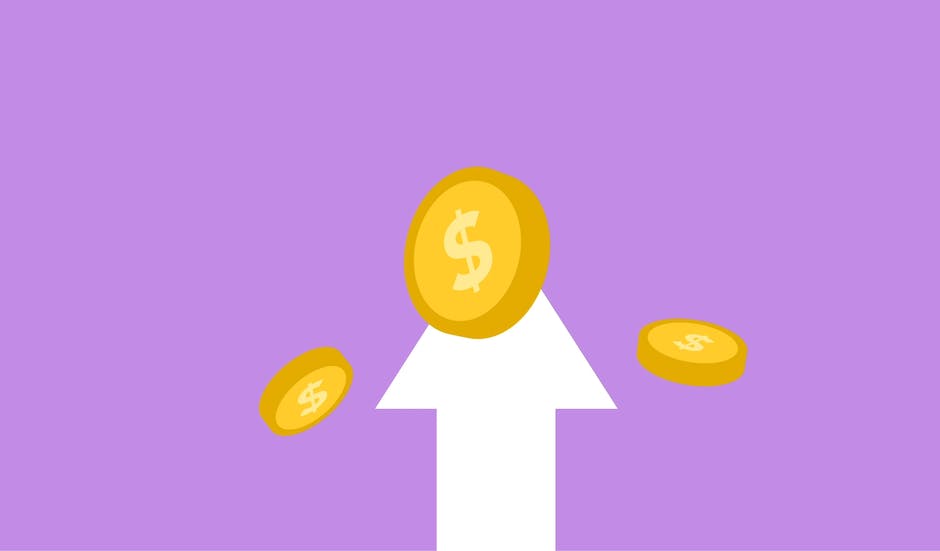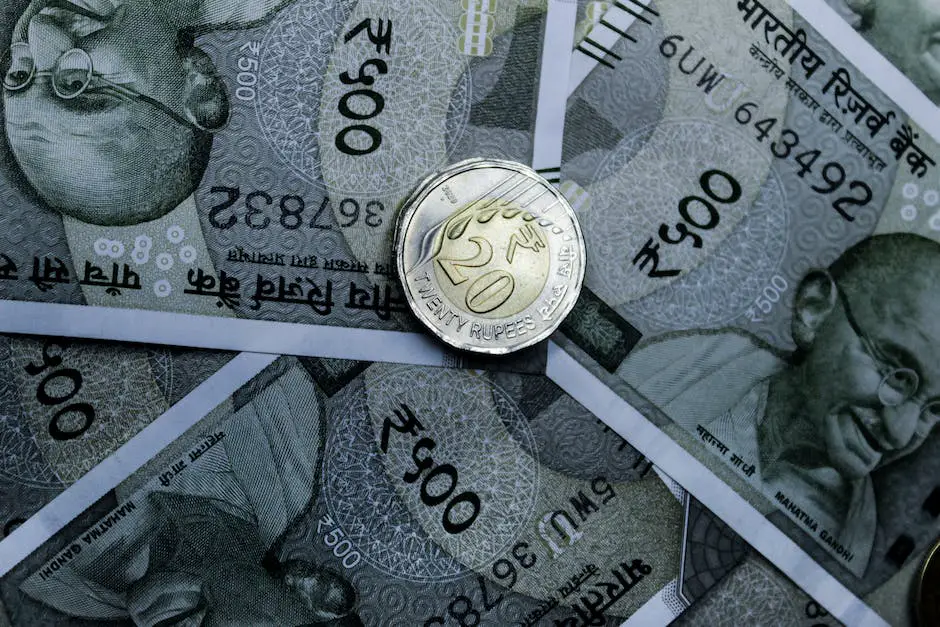Understanding Inflation Rates: A Guide
In today’s complex global economy, understanding the concept of inflation and its implications on our daily lives is crucial for both individuals and businesses. Inflation, the rate at which the general level of prices for goods and services is rising, affects purchasing power, interest rates, and investment decisions. This essay aims to provide a comprehensive insight into the causes, measurements, effects, control policies, and historical perspectives of inflation, equipping readers with the necessary knowledge to stay informed on this critical economic subject.
Causes of Inflation
Demand-Pull Inflation
Demand-pull inflation occurs when the demand for goods and services in an economy exceeds the available supply. This situation can result from various factors, such as an increase in consumer spending, government spending, or investment spending. As demand rises, businesses may struggle to meet the increased demand with their existing capacity. Consequently, businesses often raise prices to balance the supply and demand, resulting in inflation.
Cost-Push Inflation
Cost-push inflation is when the costs of production increase, leading to a decrease in the supply of goods and services. These rising costs can be attributed to factors like higher raw material prices, increased labor costs, or higher indirect taxes. As a result, businesses pass on these higher costs to consumers through increased prices, thereby causing inflation.
Printing of Money
When a central bank decides to print more money than is needed, it can lead to inflation. This is because the increased amount of money in circulation reduces the value of each unit of currency, also known as purchasing power. As the value of money decreases, the prices of goods and services increase because it takes more currency units to buy the same products. This situation is referred to as “too much money chasing too few goods,” resulting in inflation.
Monetary Policies
Central banks can also influence inflation rates by implementing various monetary policies. These policies can include adjusting interest rates, engaging in open market operations, or implementing quantitative easing. For example, when a central bank lowers interest rates, it encourages borrowing and spending, which can result in increased demand for goods and services. Similarly, quantitative easing can inject money into the economy, potentially leading to higher demand and, consequently, inflation.
Keynesian Perspective
According to the Keynesian economic theory, inflation occurs when there is an imbalance between aggregate demand and aggregate supply. Keynesians believe that government intervention, such as controlling the money supply or implementing fiscal policies, is necessary to address this imbalance and maintain stable prices. This perspective suggests that proper management of the economy by the government can prevent inflationary pressures from getting out of control.
Monetarist Perspective
Monetarists argue that inflation is primarily a result of the money supply growing faster than the economy’s ability to produce goods and services. They believe that central banks should primarily focus on controlling the money supply to maintain price stability. This theory is based on the Quantity Theory of Money, which implies that an increase in the money supply will proportionally increase the price level if the velocity of money and total output of an economy remain constant.
Understanding Inflation
Inflation is the rate at which the average price level of goods and services in an economy increases over time. It affects the purchasing power of money, meaning that as prices increase, the same amount of money can buy less and less. High inflation can have detrimental effects on an economy, while low and stable inflation is usually seen as desirable. To make informed decisions about economic policies and personal finances, one must understand how inflation is measured and monitored, and the different factors that drive it.
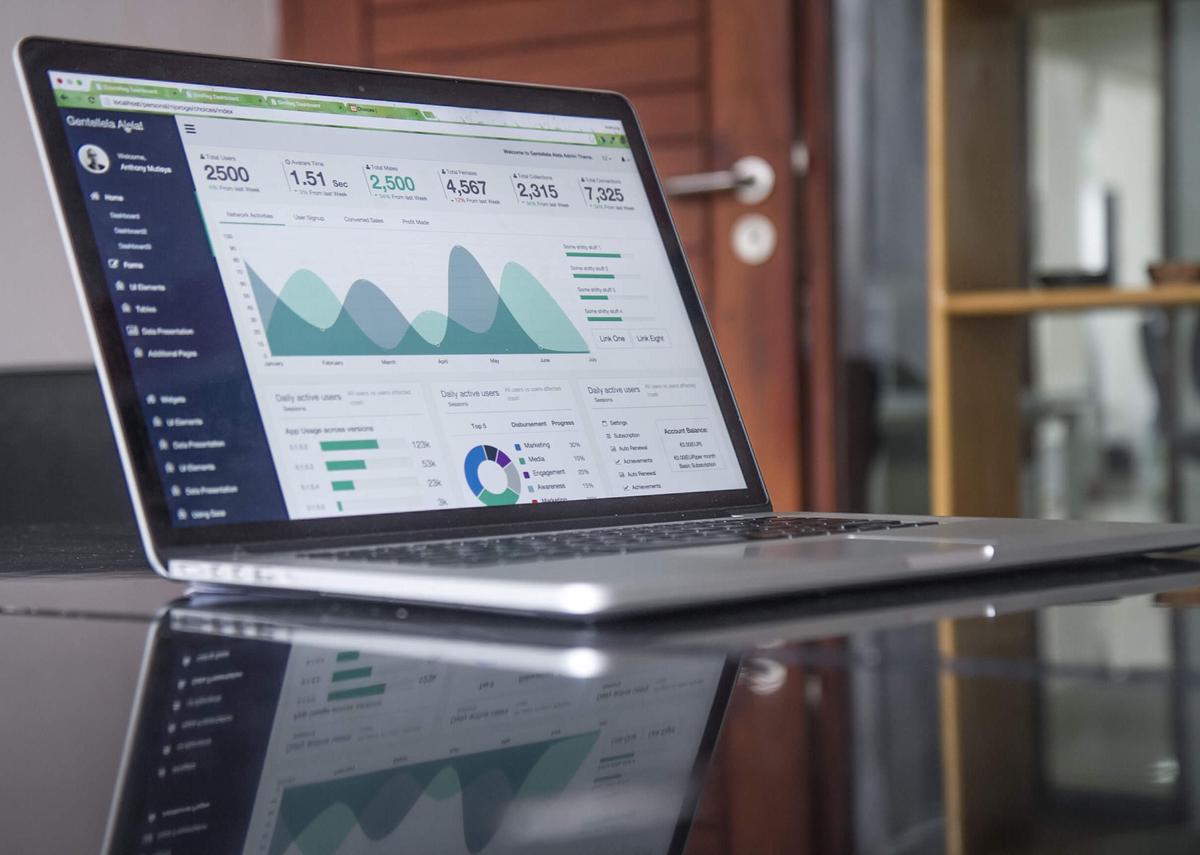
Measuring Inflation
Factors and Theories of Inflation
Inflation can be driven by various factors, including demand-pull and cost-push pressures, printing of money, and monetary policies. Both Keynesian and Monetarist theories provide valuable insights into the causes and management of inflation. These perspectives can help policymakers and individuals in understanding the factors that contribute to inflation and make informed decisions about how to address and mitigate its potential negative effects on the economy. By exploring these different perspectives, one gains a comprehensive understanding of inflation and its implications on economic stability.
Consumer Price Index (CPI)
The Consumer Price Index (CPI) is the most widely used measure of inflation. It reflects the change in the cost of a fixed basket of goods and services that households consume. The CPI is calculated based on a sample of goods and services, including food, transportation, housing, and healthcare. Prices for these items are collected from various retailers and service providers across the country. Once all the data is collected, the price changes are weighted according to the importance of each item in the average household budget.
To calculate the CPI, the price of the basket of goods and services in the current year is divided by the price of the same basket in a base year, then multiplied by 100. The percentage change in the CPI over a specific period reflects the inflation rate for that period. For example, if the annual CPI increase is 2%, this indicates that the average price level of goods and services has increased by 2% over the past year.
Producer Price Index (PPI)
The Producer Price Index (PPI) is another key measure of inflation, focusing on the prices of goods and services sold by producers rather than consumers. The PPI is an important economic indicator as it can help predict consumer price inflation, since changes in producer prices often pass through to consumers in the form of higher retail prices. The PPI looks at the wholesale prices of goods within various stages of production – from raw materials to finished products – and services offered by businesses.
Like the CPI, the PPI is calculated by comparing the current price level of a basket of goods and services to a base year. This index provides a measure of the average change in prices over time for industries and helps in understanding the cost pressures faced by businesses.
Data Collection and Limitations
Both the CPI and PPI rely on data collected through surveys, which may introduce potential biases and limitations. One limitation is that the fixed basket of goods and services may not be representative of the actual consumption patterns of all households or businesses. Consumption patterns change over time, with new products entering the market and older products becoming obsolete. The CPI and PPI may need to be revised periodically to account for these changes and maintain accuracy.
Another limitation is that not all prices can be easily observed or measured. For example, it is difficult to quantify the quality improvements in products and technological advancements. As a result, the reported inflation rate may not fully capture the true changes in the standard of living.
Alternative Measures
In addition to the CPI and PPI, there are other measures of inflation, such as the GDP deflator and the Personal Consumption Expenditures (PCE) index. The GDP deflator is a broad measure that looks at the change in the prices of all goods and services produced in an economy. In contrast, the PCE index focuses on the prices of goods and services consumed by individuals, which gives it broader coverage than the CPI. Each measure has its own advantages, and different measures might be more appropriate for specific uses or in different situations.
Understanding Inflation Rates
Inflation is a phenomenon that occurs when there is a sustained increase in the overall price levels of goods and services in an economy over a period. It is essential for individuals, businesses, and governments to understand the impacts of inflation, both positive and negative, so they can make informed decisions. This understanding can be achieved through monitoring inflation using various indexes such as the Consumer Price Index (CPI) and the Producer Price Index (PPI).

Effects of Inflation on the Economy
Limitations of Inflation Measures and Alternatives
While CPI and PPI are the most commonly used measures for understanding inflation, it is crucial to be aware of their potential limitations. These indexes may not always fully capture the complexities of inflation, making it necessary to consider alternative indicators when required. By being well-informed on inflation rates and various measures, economists, policymakers, and the general public can make better decisions regarding their finances and economic policies, contributing to a healthier and more stable economy.
Effect on Purchasing Power
One of the most visible effects of inflation is the decrease in purchasing power. As prices of goods and services increase, each unit of currency buys fewer goods and services. This erodes the real value of money, and individuals may find that their income is no longer sufficient to cover their expenses. Consequently, this may lead to a lower standard of living or even poverty for some families, especially those with fixed or low-income levels.
Impact on Interest Rates
Inflation also affects interest rates, which are a vital aspect of any economy. Central banks, such as the Federal Reserve in the United States, typically raise or lower interest rates to influence inflation rates. When inflation is high, central banks may raise interest rates to decrease the supply of money in the economy, thereby curbing inflation. Conversely, when inflation is low, central banks may lower interest rates to stimulate economic growth and increase inflation rates. These changes in interest rates also affect the cost of borrowing for consumers and businesses, which in turn affects spending and investment decisions.
Business Investment
Inflation influences business investment in several ways. High inflation can cause uncertainty about future price levels, making it difficult for businesses to plan and budget for their future needs. This uncertainty can lead to reduced investment and slow down economic growth. On the other hand, moderate inflation can encourage businesses to invest in new projects and expand, as they expect prices and demand to rise in the future. This can lead to increased job opportunities and economic growth.
Wealth Redistribution
Inflation can lead to a redistribution of wealth in the economy. Borrowers benefit from inflation, as the real value of their debts decreases over time due to inflation eroding the purchasing power of money. Lenders, on the other hand, lose out because the real value of the money they receive in repayments is lower than the value of the money they lent. This can create a wealth transfer from savers and lenders to borrowers and debtors, which can be particularly detrimental for those relying on fixed-income investments, such as retirees.
Economic Growth
There is a robust relationship between inflation rates and economic growth. Moderate inflation can lead to a healthy and growing economy, as it encourages spending by businesses and consumers, who expect prices to rise in the future. However, high or volatile inflation can have the opposite effect, as it creates uncertainty and reduces consumer and business confidence. This can lead to reduced spending, investment, and ultimately, slower economic growth. Conversely, very low or negative inflation (also known as deflation) can also be harmful to the economy, as it may lead to reduced spending and investment due to expectations of falling prices.
Introduction to Inflation Rates
Inflation is generally defined as the sustained increase in the average price level of goods and services in an economy over a specific period. Understanding the effects of inflation on the economy is crucial for making informed decisions about monetary policy, investment strategies, and personal finances. It erodes the purchasing power of money and can significantly impact aspects like consumer spending, savings, investments, and overall economic growth. Balancing the inflation rate to maintain a healthy level of growth while minimizing its negative consequences is a complex challenge for any economy.
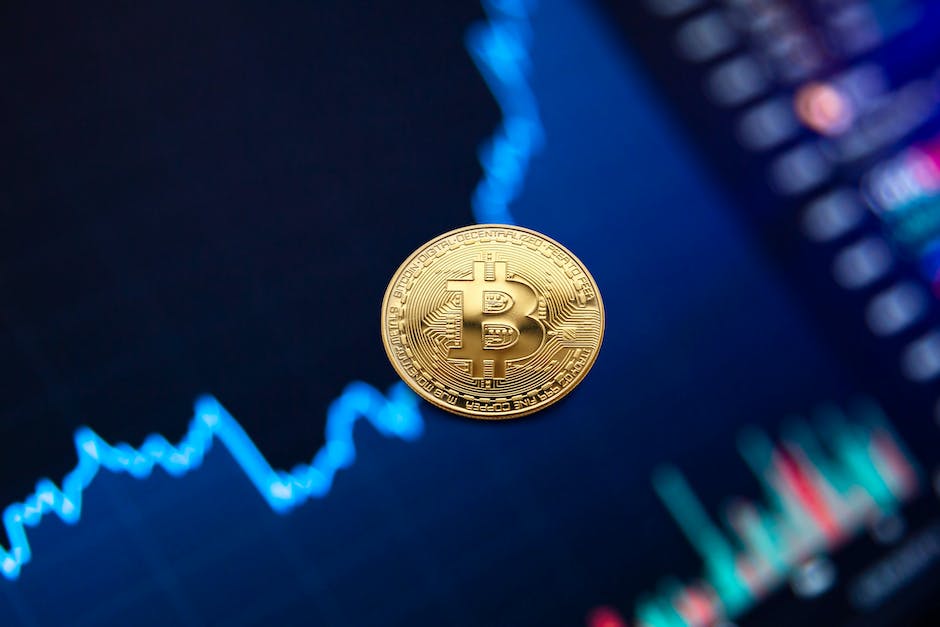
Inflation Control Policies
Inflation Control Policies
Controlling inflation is essential for maintaining a stable and healthy economy. There are several inflation control policies, both monetary and fiscal, designed to curb and manage inflationary pressures. These policies are primarily implemented by a country’s central bank, such as the Federal Reserve in the United States. Through understanding these policies and how they influence inflation rates, general public and investors alike can make informed decisions and adapt their financial strategies accordingly.
Monetary Policy
Monetary policy refers to the actions undertaken by a central bank to manage the money supply, interest rates, and credit availability to achieve macroeconomic objectives, such as controlling inflation, promoting economic growth, and maintaining the stability of the financial system. Central banks employ various instruments under monetary policy to influence inflation rates, including open market operations (buying and selling government securities), setting interest rates, and changing reserve requirements.
When experiencing high inflation, central banks adopt contractionary monetary policy by increasing short-term interest rates or selling government securities. This reduces the money supply, slows down the economy, and puts downward pressure on inflation. Conversely, they can enact expansionary monetary policy during periods of low inflation or deflation, by lowering interest rates or buying government securities, to stimulate economic growth and increase inflation to a desirable level.
Fiscal Policy
Fiscal policy refers to the use of government spending, taxation policies, and transfer payments to achieve macroeconomic objectives, such as controlling inflation, promoting economic growth, and reducing income inequality. Government spending can affect aggregate demand and, in turn, the inflation rate. When the economy is overheating and experiencing high inflation rates, the government can implement contractionary fiscal policy, which involves increasing tax rates or reducing government spending. This reduces aggregate demand, bringing down price levels and inflation.
On the other hand, if the economy is struggling with low inflation or deflation, expansionary fiscal policy—increased government spending or tax cuts—can stimulate aggregate demand, leading to higher price levels and inflation. However, fiscal policy has a longer implementation process compared to monetary policy and may not be the most effective tool for immediate inflation control purposes.
Role of Central Banks
Central banks, such as the Federal Reserve in the United States, play a crucial role in controlling inflation through monetary policy. They are responsible for setting a target inflation rate that is considered optimal for a healthy and stable economy. It is crucial for the central bank to maintain credibility by managing public expectations about inflation to prevent price and wage-setting behavior that could lead to higher inflation.
In the United States, the Federal Reserve has a dual mandate, which includes achieving maximum employment and maintaining stable prices (low inflation). Its primary tool for controlling inflation is the federal funds rate, which influences other interest rates in the economy. The Federal Reserve also engages in forward guidance and communicates its expected path of future policy to influence market expectations and behavior.
Effectiveness and Potential Side Effects
Inflation control policies, when implemented effectively, can contribute to a stable economic environment with healthy inflation rates and sustainable economic growth. However, there are potential side effects and limitations of these policies that need to be considered. For instance, tightening monetary policy to curb inflation may lead to higher unemployment rates and slower economic growth. This calls for a careful balancing act between controlling inflation and maintaining economic stability.
Additionally, in times of economic distress or during a liquidity trap, both fiscal and monetary policies may lose their effectiveness, as seen during the 2008 global financial crisis. In such situations, unconventional policy tools, such as quantitative easing, may be employed by central banks to stimulate the economy and maintain inflation rates.
Introduction to Inflation
Inflation is a common economic phenomenon that impacts countries across the globe. It is the rate at which the general level of prices for goods and services is rising, and subsequently, purchasing power is falling. Over the course of history, there have been many instances of high inflation, both in the short term and the long term. To better understand inflation and the policies surrounding its management, it is helpful to examine it from both a historical and global perspective.
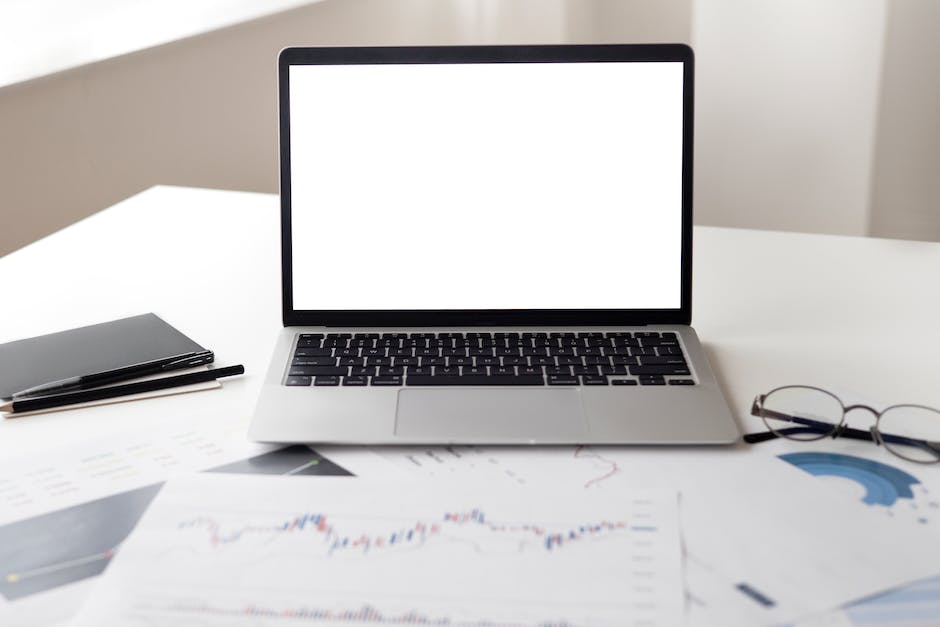
Historical and Global Perspective
Inflation Control Policies
Inflation control policies are vital for maintaining a stable and healthy economy. Both monetary and fiscal policies can be employed to manage inflation rates, with central banks like the Federal Reserve playing a pivotal role in their implementation. Policies must be carefully designed and executed to account for potential side effects and ensure an optimal balance between inflation control and economic growth. As a member of the general public seeking to become informed on inflation rates, understanding these policies and their effects is an important step.
Historical Perspective on Inflation
Throughout history, there have been several notable periods of high inflation. One of the earliest recorded instances was during the Roman Empire, when emperors debased the currency to fund their wars. This led to a decrease in the value of money, which in turn, resulted in higher prices for goods and services. More recently, hyperinflations have occurred in countries like Zimbabwe in 2008 and Venezuela in the 2010s, both caused by excessive government spending and poorly managed economic policies.
The Great Depression of the 1930s exemplifies the dangers of deflation or negative inflation. Prices decreased so much during this time that businesses began to suffer, which led to significant unemployment and economic stagnation. On the other hand, the 1970s saw a period of high inflation, known as the Great Inflation, in developed countries like the United States, United Kingdom, and Germany. This was partly due to oil price shocks and other global factors, as well as domestic policy.
Global Perspective on Inflation
In different countries around the world, the experience and management of inflation can vary widely. While some central banks, such as the European Central Bank and the US Federal Reserve, aim for a low but positive level of inflation, typically around 2%, other countries may experience higher levels due to their specific circumstances and policies.
Many emerging market economies struggle with the challenge of managing high inflation rates. In some cases, this can be due to the country’s reliance on the export of a single commodity, like oil, which can lead to a vulnerability to price shocks and currency fluctuations. In other cases, political instability and poor economic policies may contribute to high inflation rates.
Comparing Inflation Rates and Policies
The differing inflation rates and approaches to managing inflation among countries can be linked to various factors such as the strength of the economy, political stability, the independence of the central bank, and the institutional framework in place for managing price stability.
In developed countries like the United States and countries in the European Union, central banks are generally independent, which helps promote price stability and low inflation rates. These central banks usually use monetary policy tools like interest rates and open market operations to encourage an optimal level of inflation.
Conversely, in less stable countries, central banks may lack the necessary independence or tools to effectively manage inflation. This makes it difficult for them to protect their currency’s value and maintain stable prices. Additionally, external factors, such as global commodity prices or geopolitical risks, can exacerbate inflationary pressures in these countries.
Conclusion
Having a historical and global perspective on inflation helps us to understand the various factors that contribute to inflation and the challenges faced by different countries in managing it. By examining the patterns and policy responses from both developed and developing countries, we can better appreciate the complexity of economic policy and the factors that influence the purchasing power of money. Knowledge of these historical events and international case studies can also contribute to better decision-making and a richer understanding of the global economic landscape.
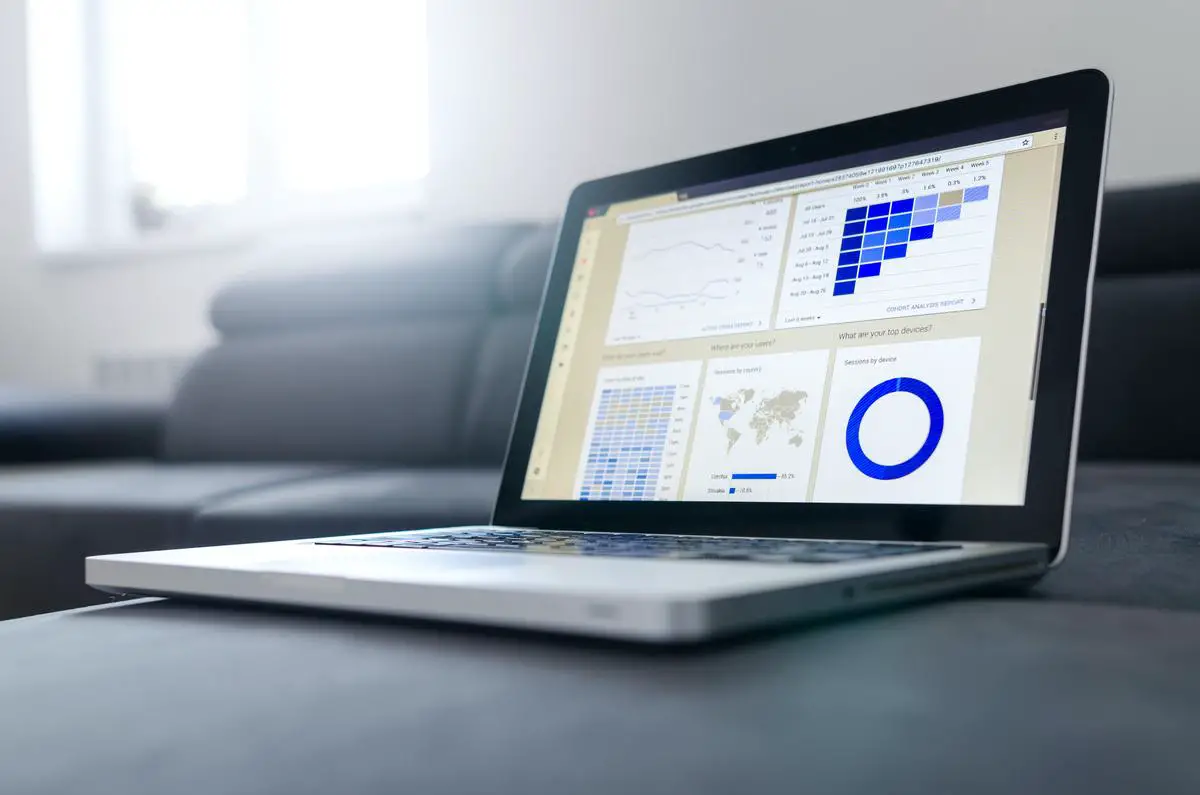
Ultimately, staying informed about inflation rates and understanding the dynamics that drive them can help individuals and businesses make better financial decisions. As the world continues to evolve and face new economic challenges, it is essential to recognize the role inflation plays in shaping various aspects of the economy. By comprehending the causes, measurements, effects, and control policies related to inflation, as well as its historical and global context, we can better navigate this ever-changing economic landscape and develop informed strategies for tackling future inflationary challenges.


